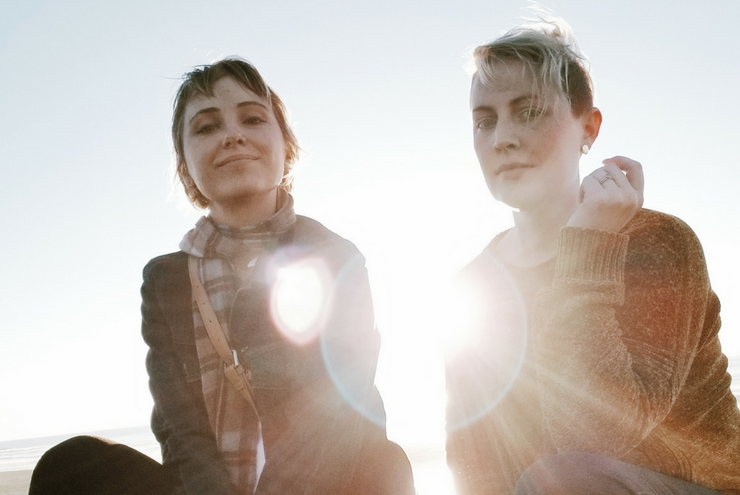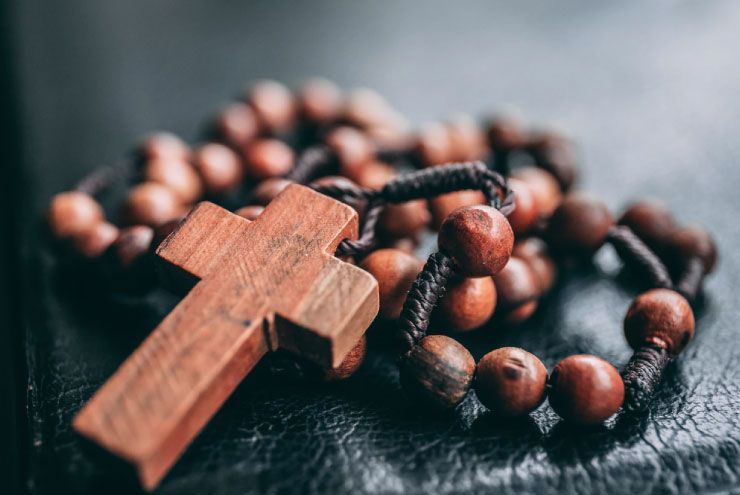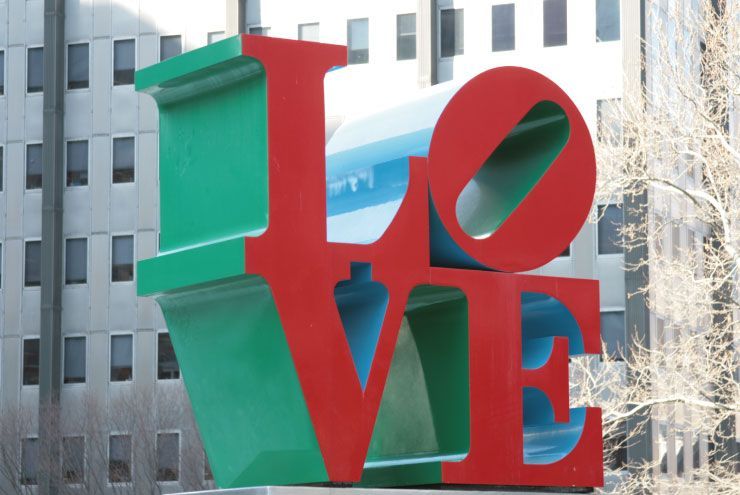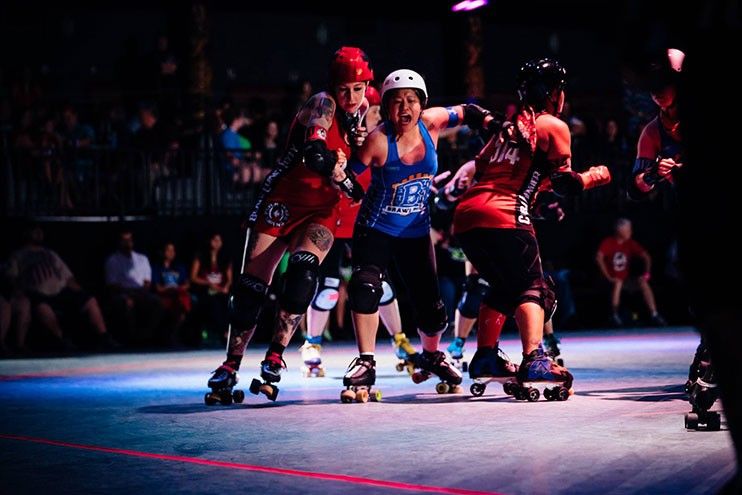By Kelly M. Marshall
In one half of my professional life (the non-writer half), I am a yoga and massage therapist based in Austin, Texas. I made a deliberate choice to work within the LGBTQ and queer community in order to foster and promote wellness and healing within that space. The confluence of the rivers of queerness and wellness is a very small pool, but one that is rich with incredible connections, resources, and practitioners.
I first heard about On Being in Your Body (OBIYB) while I was working with a client of mine who identifies as a gender non-conforming queer. We were talking about our positive experiences and connections via Instagram and she couldn’t stop singing the praises of this project to help womxn, queer, and non-binary humans to reclaim their bodies through art, writing, and human connection.
Curious, I navigated over to their Instagram account and fell in love. Visually soothing, smart, gentle, warm, affirming images and words washed over me as I scrolled through their feed. I instantly followed them and vowed to sing their praises too—to support them as they support the community. I had the pleasure of chatting with Caitlin Metz and Victoria Emanuela, the creators of On Being in Your Body, about their humble beginnings, the importance of vulnerability, and unpacking privilege.
Kelly Marshall: Tell us about the premise and mission of On Being in Your Body and how it came about for each of you? What was its inception like?
Victoria Emanuela (yoga + meditation teacher/writer): Our mission is to facilitate the journey of coming home to yourself and reclaiming the way your body has been taken from you. We aspire to create a wider conversation about what it means to exist in our bodies as a diversified experience, instead of one that labels, discriminates, and reduces humans. We hope to inspire others to love themselves a little harder in order to show up for themselves and their communities because we are better through empathy, better together.
My background is in creative writing, somatics, trauma healing, and meditation, all of which I love discussing! When I met Caitlin and she told me the many ways she brilliantly explores the body and identity through her art via illustration, printmaking, and manifesto writing, it was like two perfect complimentary puzzle pieces coming together and exploding into a supernova of magic. Honestly, so cheesy, but that’s how it felt! The way our personal practices and creative philosophies align is a miracle. I never thought I could find someone who I’d align with so much until Caitlin came along. The inception was one of the most charged and fluid experiences of my life! It accumulated into hundreds of hours, shifting between vigorous conversations, research, hearts-on-sleeves, and showing up for this project until it finally received a name: On Being in Your Body!
I always tell Caitlin (but I want to make it known here too) she changed my life and I’ll always be grateful to spend the rest of my time learning from her and learning together. Our collaboration gives my life a type of meaning I never knew was possible and it has only just started.
Caitlin Metz (illustrator/printmaker/writer): The inception of OBIYB was pure magic. We met through Instagram and then kept bumping into each other at local events in St. Louis. Our practices complement one another beautifully. Victoria brings so much knowledge and formal training in terms of mental health and meditation, which validates and mirrors the artwork I’ve been creating from my personal experience for the past 10 years. We feed off each other in a way that keeps us on our toes. We’re always learning and growing from the other. Simple conversations over wine turn into impassioned mantras, manifestos, and new projects. We’re incapable of being together without dreaming up something new we want to make together.
How has On Being in Your Body evolved since it started?
CM: When we started, we were planning on just doing a few workshops together, a brief collaboration. But then it morphed into a small press, online classes, and in–person workshops, as well as building a beautiful community on Instagram.
VE: It’s become a community and a safe space for so many people, a refuge, and a place where you don’t have to pretend. We now offer workshops all over the US, more publications since we’ve become a small press, and community engagement through collaborations like our zine, What Does It Mean to Be in Your Body: A Collection of Narratives.
We’re also launching our newest course called “Creation as Self-Preservation!” It’s a course that focuses on helping people build more fulfilling and sustainable creative practices through a multidisciplinary and embodied approach. It’s going to be rad! We’re super excited.
What is it like to attend one of your workshops? What do you offer participants?
VE: It’s always a very vulnerable, emotionally charged, and sacred experience. We feel like each group of workshop participants is called together; sometimes it really feels like magic. We offer participants a non-judgmental space where we can be humans—unfiltered, messy, and just as we are. We offer our participants the opportunity to realize that they’re truly not alone. We offer a space for them to meet themselves among other human beings doing exactly the same work.
We move from gentle movements to writing prompts, discussions, and self-portraits to connect to themselves and one another. Our workshop is broken down into three parts: resistance, dismantling, and reclamation. We notice our resistance towards ourselves, our bodies, others, and life. We then dismantle limiting belief systems and how we’ve been conditioned to relate to our bodies. After that, we begin the process of reclaiming parts of ourselves that we wish to return to and feel safe in.
It’s heavy shit, but it’s transformative and so beautiful to witness. There are a lot of tears and collective healing that comes with every workshop we facilitate. I strongly believe that when we have a witness to our pain and lived experience, a witness that makes us feel seen and heard, we are then able to make it through. We are able to remember that we are not alone, despite the world telling us so. At our workshops, everyone is your witness and we honor you for showing up exactly as you are because that is enough. You are enough.
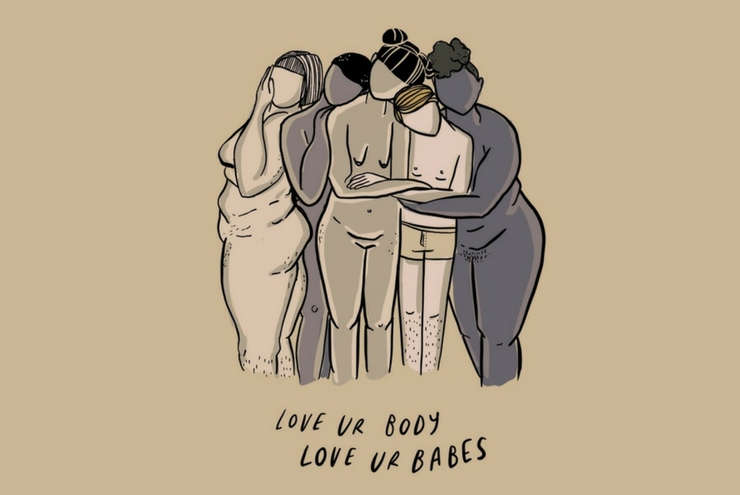
“We aspire to create a wider conversation about what it means to exist in our bodies as a diversified experience, instead of one that labels, discriminates, and reduces humans.” -Victoria Emanuela
Tell us about an inspiring instance you have had recently with one of the participants of your workshops!
CM: At our last workshop, we invited men to participate; two men came with their wives. They both expressed gratitude to us for a safe space to explore feelings, vulnerability, and tenderness. It was really healing and beautiful for me, given my past traumas with men.
VE: I was teaching our OBIYB workshop in San Francisco and one of the women who participated was Muslim and a first-generation immigrant who had experienced a lot of trauma and racism around her identity. She was incredibly vulnerable and blew me away with her capacity to articulate her lived experience in our society and in her body. It moved participants to tears. After the workshop, as people were leaving, I saw her walk out the door and immediately ran out to say goodbye. I thanked her for speaking so openly and supporting OBIYB, but what I had not expected was what she’d say after, which was that she had never felt safe to do that in any other space until that day in the workshop. She had tears in her eyes and we hugged tightly until we had to part, but I will never ever forget that.
Talk about your thoughts and experiences regarding diversity and inclusion when it comes to LGBTQ+/ queer wellness (and the wellness and mental health community in general), specifically with regard to folks who are gender non-conforming, PoC, neurodivergent, or disabled/differently-abled.
CM: Wellness culture is thin, white, able-bodied, and largely performance based (can you move in x-amount of ways, and contour your body into pretzels, etc). Our work centers around the idea that it is okay to be wherever you are. That all bodies are different and good. That we make a home of ourselves when we find self-love without trying to be something other, different.
VE: Wellness culture tries to squeeze humans into this unrealistic mold that often lacks inclusivity, accessibility, and rarely factors in people’s trauma histories. Personally, I find it elitist and often toxic with its increasing levels of spiritual bypass in order to evade responsibility when it comes to cultural appropriation and inclusion (good vibes only, etc.)
Before I started my private practice working with women who have complex trauma, I worked with children who had autism and cerebral palsy, then moved onto working at a community center for adults with mental illness. During that time, I not only witnessed how incredibly under-resourced these communities were, but the uncanny amount of hoops they had to jump through in order to receive safe and effective care—if they even got that far.
Witnessing humans (whether it’s yourself or others) be outsiders in a system that perpetually keeps them there is devastating. The amount of trauma and shame that accompanies that lack of visibility is prevalent today and correlates to higher rates of depression, anxiety, homelessness, and suicide. My father, a disabled, neurodivergent immigrant who suffered at the feet of our healthcare and justice systems, was repeatedly kicked until he suddenly passed away a year and a half ago. Witnessing his traumatic journey still haunts me. It ultimately lead me to the work I do today, especially as the program director of Integrate Trauma-Informed Network, where our mission is to connect survivors and human service providers with safe and accessible resources all over the US.
Queer wellness is wellness, and anything outside of that is no longer people-informed, it just becomes a space that perpetuates ableism, classism, and white supremacy. For example, if you are stepping into a yoga studio and all you see are white, skinny, able-bodied cis people, there’s a problem that’s feeding into a bigger oppressive system. This indifference becomes extremely toxic when we don’t take the initiative to hold those spaces accountable and question their values, especially if they “claim” diversity is one of them.
You can claim to be anything, but talk is cheap and language isn’t deterministic, especially when it’s used as an empty buzzword or filler that makes a brand or wellness center look good on paper. You can’t claim to be inclusive or accessible and have no teachers in a yoga studio trained in accessible yoga or fail to offer scholarships and a sliding scale on wellness memberships. There is an action, many actions, that come with claiming diversity and practicing inclusion, which shouldn’t be an exception, but a standard.
Creating trauma-informed spaces for queer wellness is so crucial, and to have those spaces be supported and sustained within communities worldwide is even more important, and that’s something I deeply prioritize in my own practice and in our work with OBIYB.
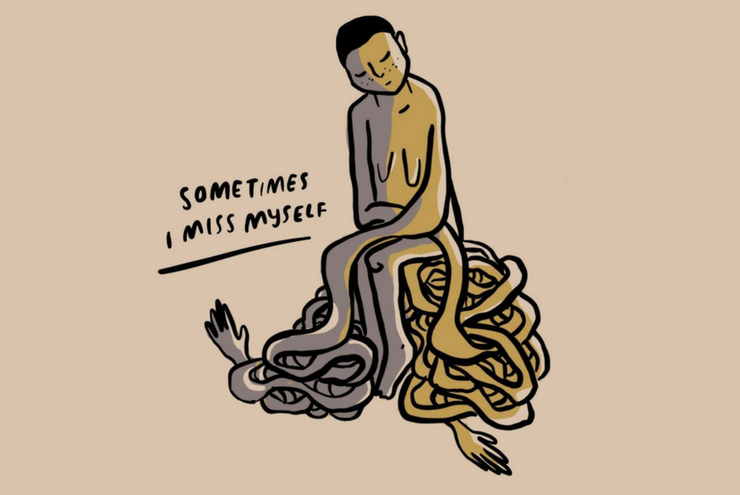
“We offer participants a non-judgmental space where we can be humans—unfiltered, messy, and just as we are.” -Victoria Emanuela
How do you take steps to respectfully include those folks in your branding and in your work?
CM: We try to amplify the voices of others within our community; share their stories in our zines and repost on our Instagram. As two able–bodied folks, it is our job to make space for them to speak for themselves. We hope to always come to the conversation with tenderness and willingness to sit down, listen, and learn.
VE: It would be problematic to claim that we have everything figured out when it comes to unpacking our biases and dismantling systems of oppression. As white, cis, and straight–passing humans, Caitlin and I work to consistently be aware of the inherent privilege that accompanies all those things. We are always questioning, checking, educating ourselves, and unpacking our roles in how they influence our community. We are vigilant in being careful of biases that attach themselves to our work, especially through our language, meditations, and illustrations.
As queer women, Caitlin and I are both deeply committed to making sure we use inclusive language, that our meditations don’t come across as something for only able-bodied humans, and that our work is representative of all bodies. We use our zines and collaborations to amplify the voices of others and want our platform to hold space for anyone who feels unheard to use their voice.
Of course, this is always a work in progress, and we are constantly dismantling, learning, and redirecting ourselves from problematic behaviors. We are always in conversation with members of our community and really appreciate when they call us out on something that feels limiting to them.
For example, we recently came out with enamel pins and were asked to make a less feminine version of our inner child pin. There were a few people who were masculine-identified and because of their trauma around transitioning, wanted something that represented their inner child that felt safe and meaningful.
This was an example of when our personal biases around the symbol of an inner child were reflected in our product because our inner children are little girls, which obviously isn’t the case for everyone! We immediately started planning our next batch with that in mind, especially considering pins being representative of anyone who is gender non-conforming too! This is a perfect example of how we keep shifting our focus and branding to be more respectful and inclusive.
How do you think that visible queer self-love factors into our culture personally and politically?
VE: Visible queer self-love is a revolutionary and radical act. It’s a seismic wave we make that shakes the core of the earth when we know that—despite this world trying to minimize, reduce, and diminish us—we still stand in the wake of our love and say, “I am lovable. I am worthy. I deserve love, my love. I’m allowed to take up space and I matter.”
To me, the personal is political, and when we start a revolution within ourselves, we organize to start a revolution amongst others because, not only are we a social species, but also a mirror. Self-love is a big middle finger to the systems that want to keep queer folks small, because they rely on keeping our shame visceral, deep and intact, guaranteeing our silence.
However, no measure of self-love, no matter how small, is silent. Love is loud, love is big, and queer self-love is a force to be reckoned with because it takes up space, and that’s exactly why we’re having this conversation.
CM: The act of loving oneself out loud contradicts everything we’ve been taught about how to take up space in the world. Queer folks are asked to be smaller, quieter, invisible.
As Audre Lorde says, “Caring for myself is not self-indulgence, it is self-preservation, and that is an act of political warfare.”
We hope to create a space where we not only celebrate self-love, but also provide the tools and resources for individuals to practice radical self-love in a society that would prefer them not to exist.
Where is On Being in Our Bodies going next? What offerings are you really excited about coming up?
VE: We have a lot happening in the future and this summer is especially an exciting one! We are going on a workshop tour throughout the Midwest, West Coast, and Pacific Northwest! Caitlin and I are hosting a creative meditation retreat with Anita Cheung of Moment Meditation in Vancouver, along with some artist residencies we’ll be attending. Something we can’t disclose in detail quite yet but are dying to share is our recent acceptance of a book deal with a major publisher! Our book will be available all over the US and parts of Europe in the near future and we’re extremely grateful to be given the opportunity to spread our message to so many people—like we can’t even talk about it without crying!
To connect with On Being in Your Body and to buy their zines and products, you can find them on Instagram or on their website.


